
KpovModeler
Source (link to git-repo or to original if based on someone elses unmodified work):
For most of the modelers, POV-Ray is nothing but a rendering engine and they bring a lot of limitations to the innate possibilities of POV-Ray scripted language. This is not the case for KPovModeler which allows you to use all the features of POV-Ray through the translation of POV-Ray language into a graphical tree.
Almost all options of POV-Ray's script language can be used within KPovModeler. "Almost" because variables, loop instructions, macros and some operators can't directly be, unfortunately. On the other hand, KPovModeler allows you to include a part of a script with the "Raw POV-Ray" tool; such a raw code will only be taken into account by POV-Ray during the rendering stage.
Among the features you can find :
Management of the scene through a graphical tree.
Object modification with control points in a graphical view or direct manipulation of object attributes in a dialog
Nonblocking scene rendering with OpenGL as wire frame views
Freely configurable view layout with dock widgets
Copy/paste and drag/drop of (a subset of) povray(!) code into and out of the object tree
Undo and redo
Scene rendering and texture preview with povray inside the program
Support for almost all povray objects
Support for all textures
Prototypes (declarations) and references
All projection modes of the camera
For modeling an object, it is not required to know POV-Ray's script language. On the other hand, for creating textures refering to POV-Ray's documentation will be difficult to avoid.
But to ease the work, it is possible to simply cut-and-paste a script from POV-Ray into KPovModeler. KPovModeler will then, if the script only makes use of known primitives, convert the pasted text and include it into the current scene. In other words, if you don't know how to create an object or an effect with KPovModeler, you could always copy its example from POV-Ray's documentation and experiment with it within KPovModeler.
Version 1.1.1:
New options for media.
Added new patterns (cells, additional crackle options, julia, additional mandel options, and slope).
Added keywords no_image, no_reflection, and double_illuminate to graphical objects.
Added uv mapping and uv vectors.
-----------------------------------
Version 1.1
Added lots of new objects:
Isosurface, Sphere sweep, Projected through, Radiosity, Light groups, Interior textures and Mesh.
New features including:
Heightfield wireframe preview, Export flag for Graphical objects and camera, Dispersion for interiors, New warp types,and new finish options.






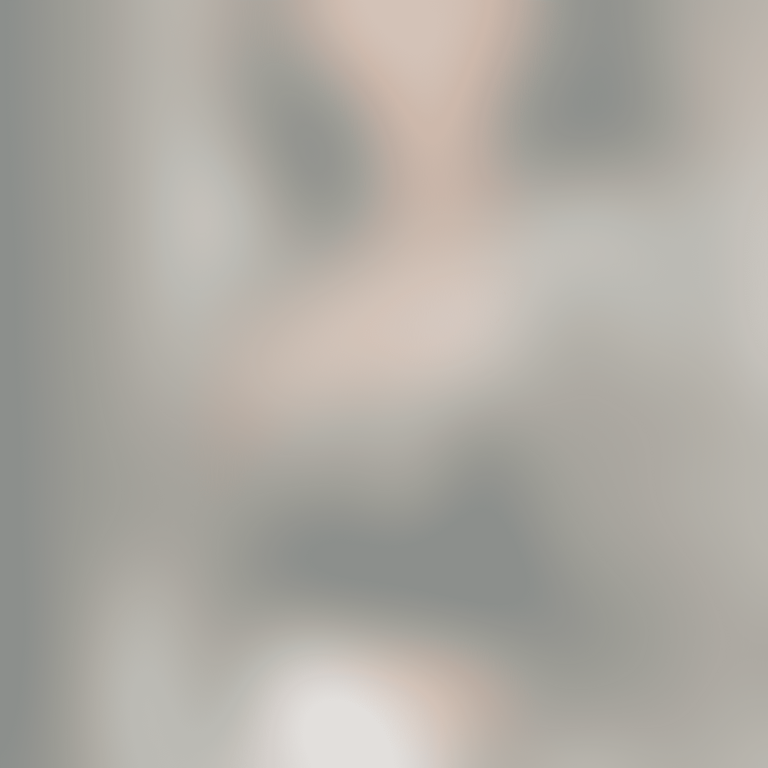
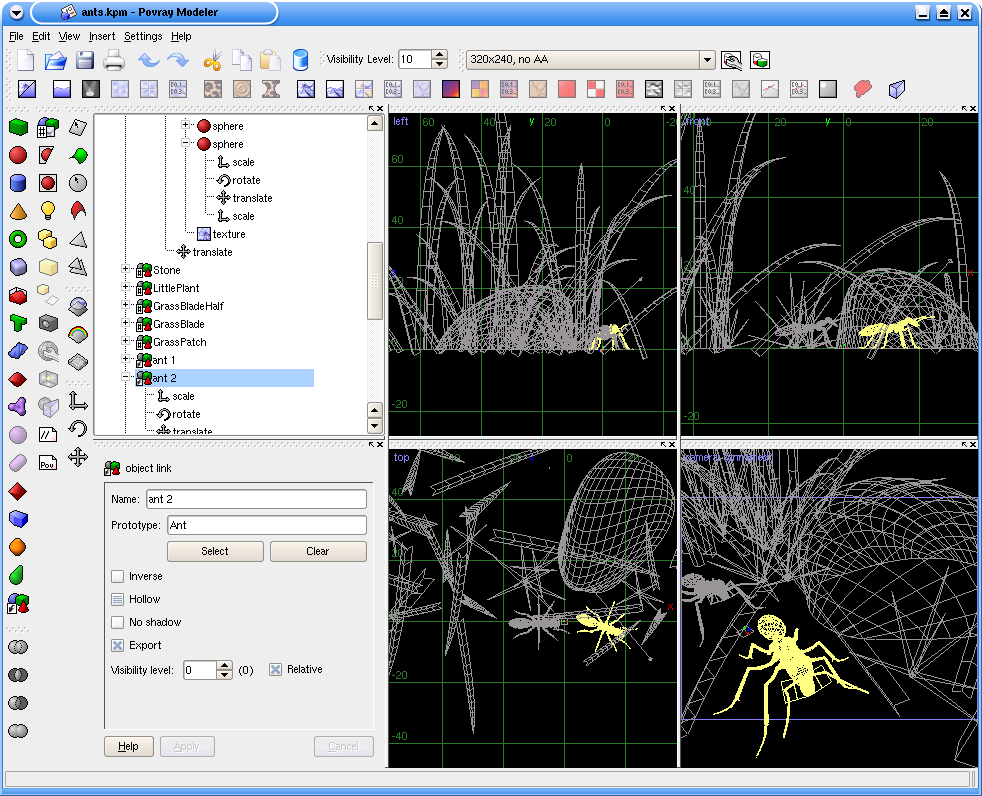
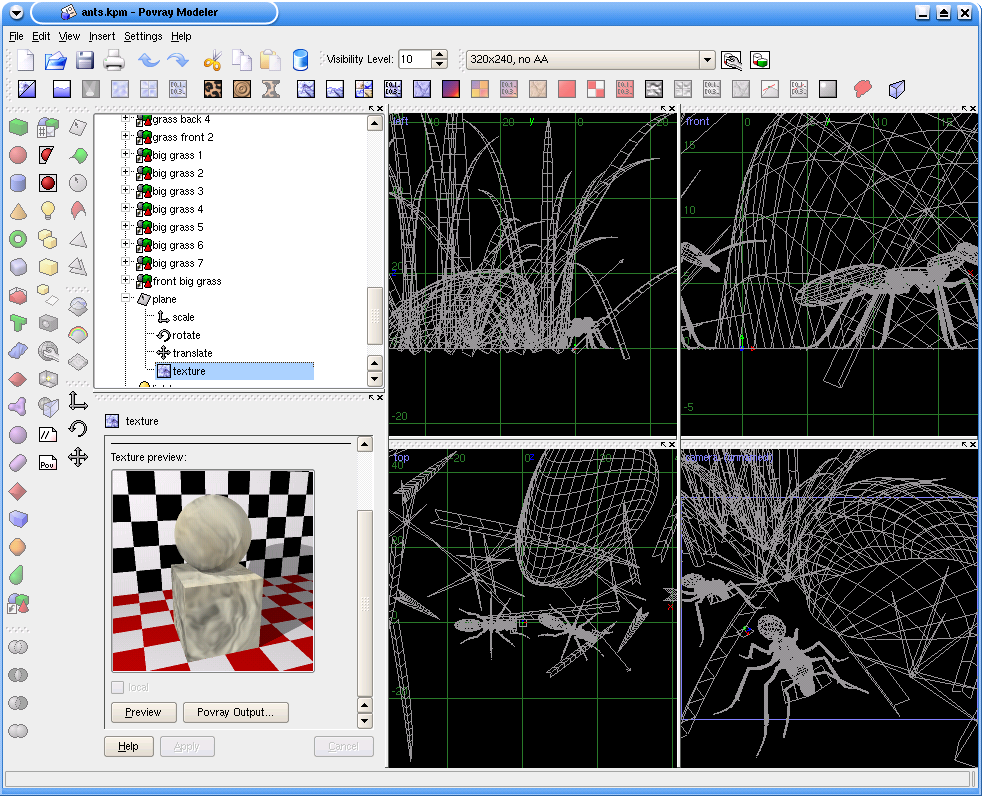
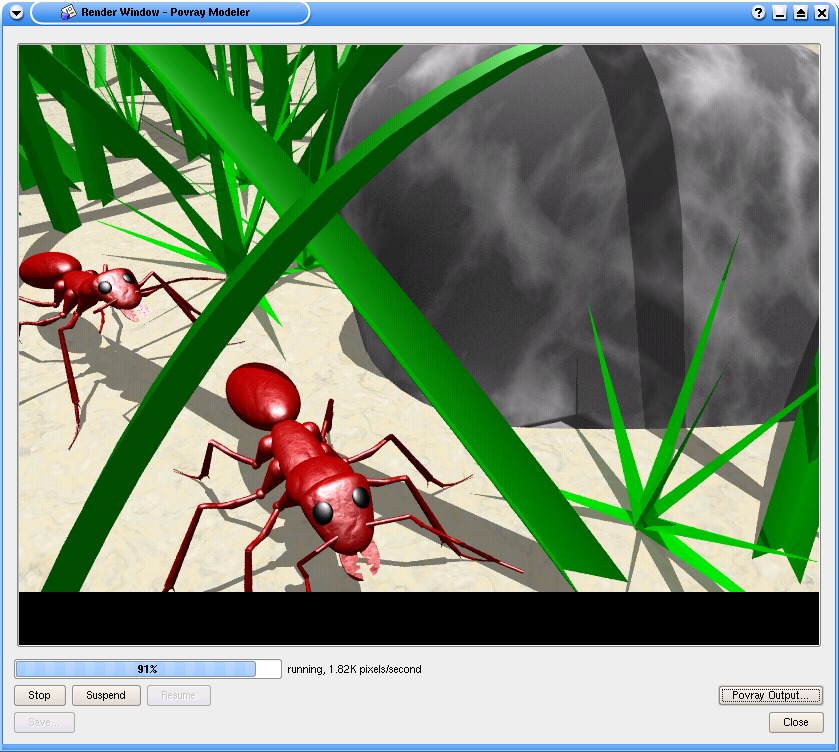
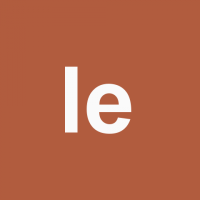



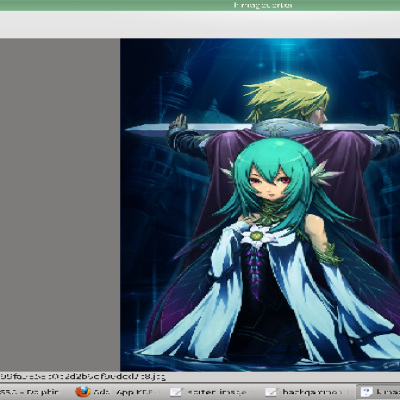


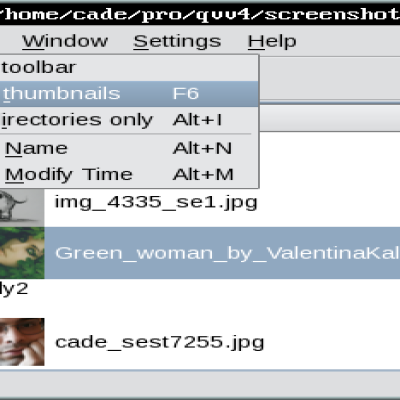

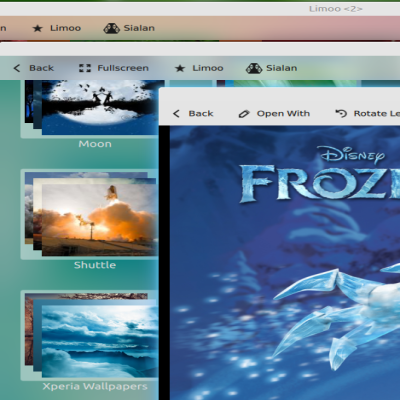
Ratings & Comments
4 Comments
where can I get support for kpovmodeler? I get "couldn't call povray" when I try and render anything. Do I need to manuly install povray from povray.org?
Yes you need to install povray.
It would be nice if there was download access to kpovmodeler ver 1.1.1. The d/l link only gets you access to ver 1.0 which doesn't work with povray > 3.1 thnx jbatt
All versions of KPM from 1.0 on are part of KDE, and are available from http://www.kde.org/download/ or from your distro.